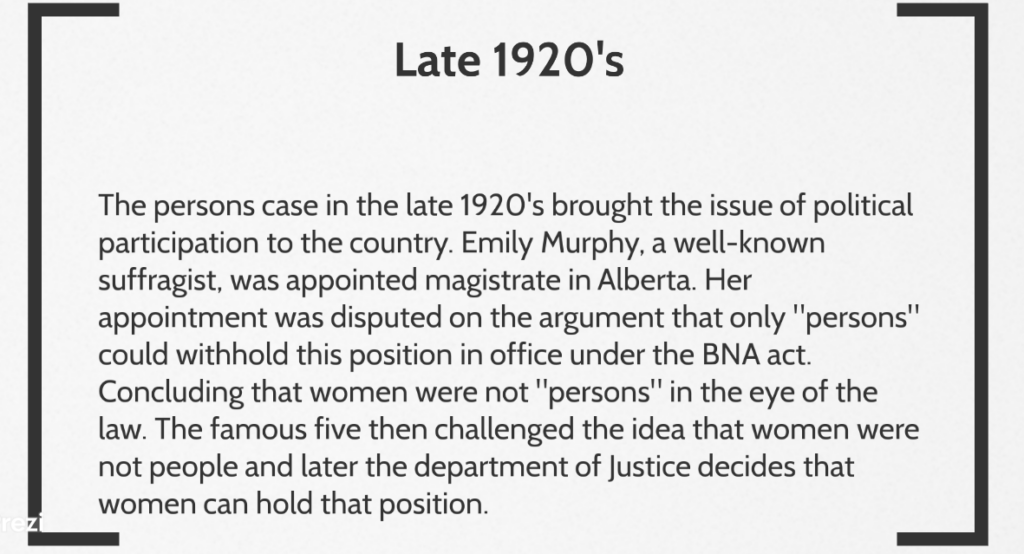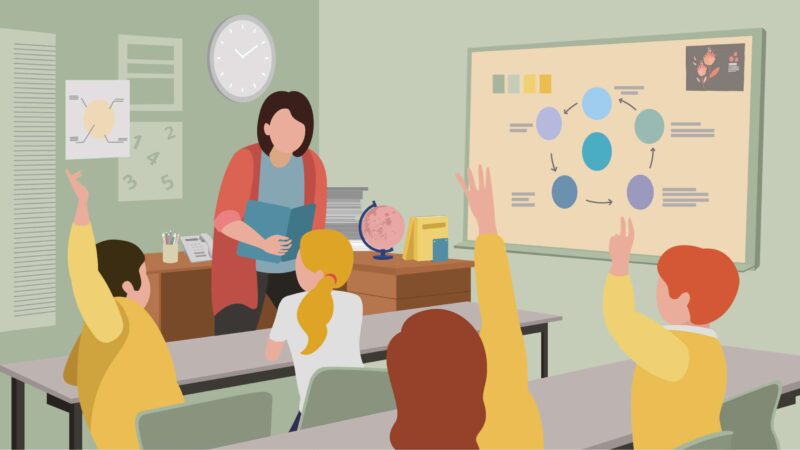Hands on learning is a form of education is which students learn through examples shown to them, instead of simply listening to a teacher lecture from the front of the class. For example, including power point presentations into a lecture can create a more hands on learning environment for students. Presentations offer opportunities to input videos or interactive games such as KAHOOT, which are more likely to grab and hold a students attention. I can relate to the effectiveness of power points because I find in classes that don’t use them I struggle to keep connected to course material being taught. For instance, in one of my lecture classes last year, my professor did not use power points, and i found myself being confused on when new ideas were starting. Additionally, I felt a lack of connection to the material because I couldn’t visualize the correlation and interrelation between ideas that he was proposing. Overall, I think that powerpoint presentations are an effective tool for connecting students to material, thus creating higher retention of the material.
Below I have included a quick video on what KAHOOT is to explain how it can be used to stimulate active and engaging learning.
I am also going to include a picture of one of my old presentation slides from high school that I will critique.

- First there is too much text in this slide. The learner is going to feel overwhelmed by the amount of information on the slide and with the time spent rushing to get it all down they will miss the important notes the teacher will be vocalizing.
- Second, there is no pictures that correlate to ideas, or help connect concepts together, which if added could help facilitate engagement with the information
- Last, the slide is boring with no colours or videos to offer interest in the material
References:
(2018). Kahoot. Retrieved from https://www.youtube.com/watch?v=7XzfWHdDS9Q
